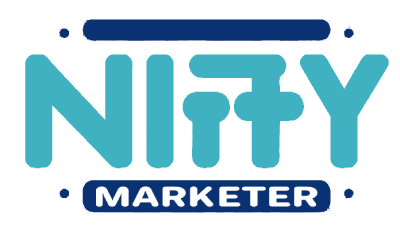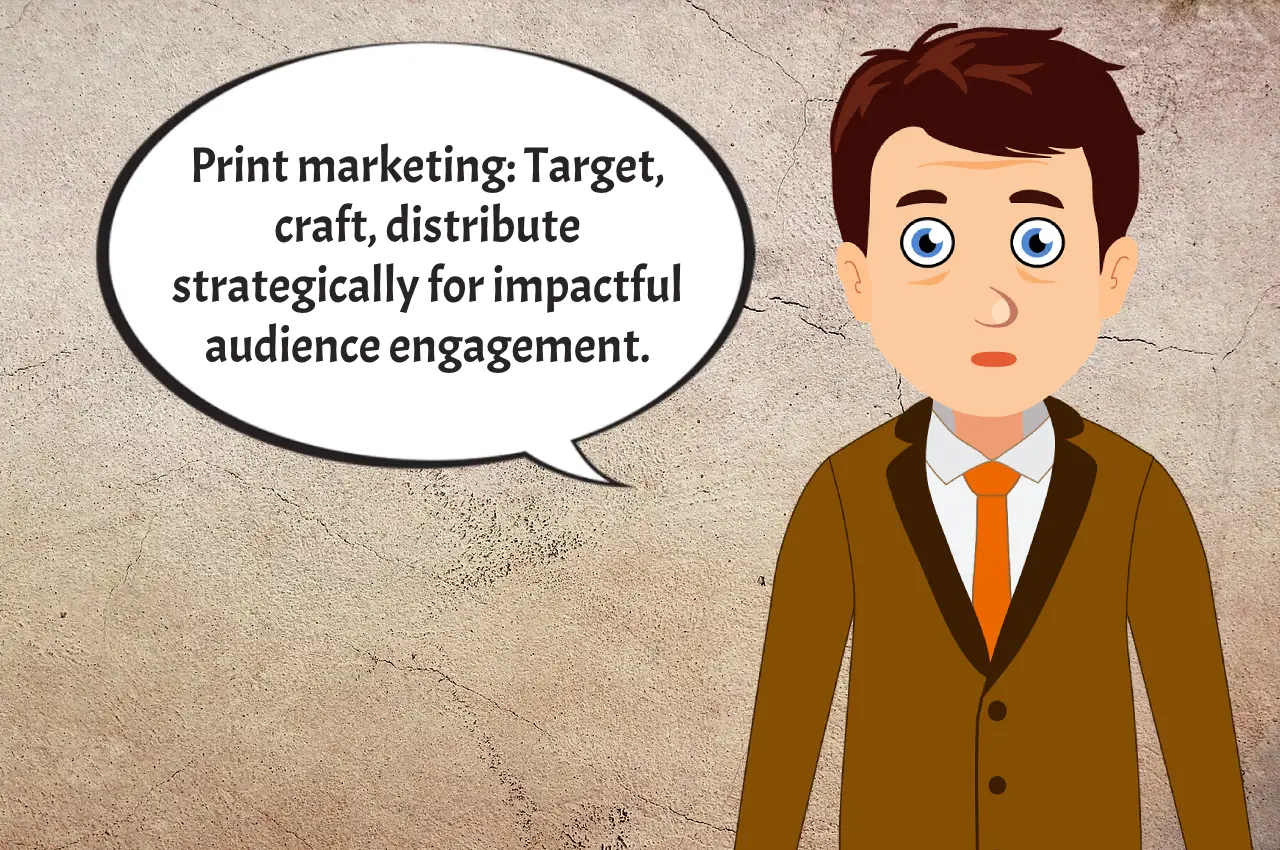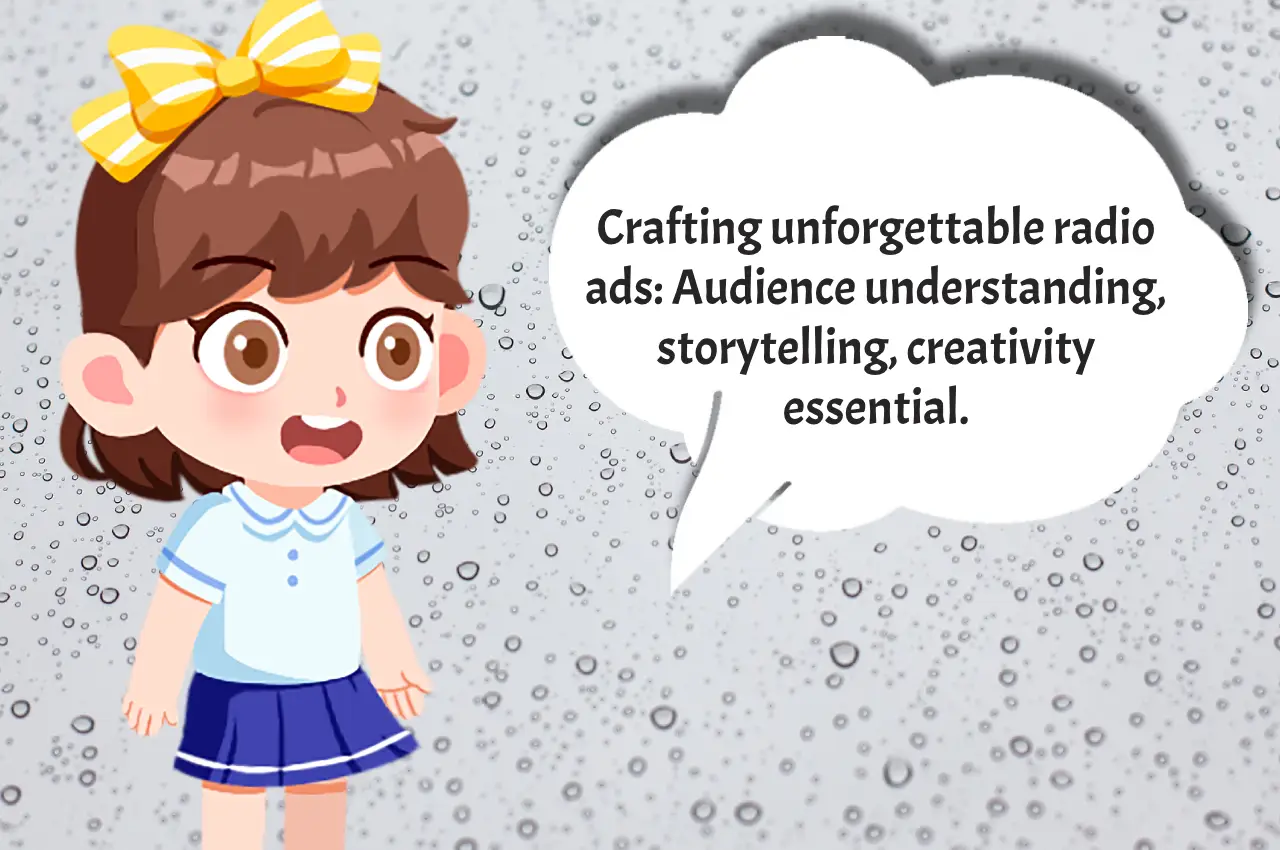In a digital-dominated world, print marketing stands out. It’s tangible, credible, and sometimes, refreshingly different. But the key to success lies in targeting the right audience. How do we do that? Let’s delve into strategies that pinpoint your ideal print marketing audience, using simple, engaging, and authoritative language.
Understanding Your Audience
Before you print a single brochure or flyer, know your print marketing audience. Who are they? What are their interests, needs, and habits? For instance, a local bakery might target families and young professionals in its vicinity. They know these groups often seek convenience and quick, delicious treats.
Research your audience’s demographics like age, gender, and income. Also, consider psychographics – their values, hobbies, and lifestyles. This deep understanding forms the backbone of your targeting strategy.
Crafting the Right Message
Once you know your print marketing audience, craft a message that resonates. If our bakery targets health-conscious individuals, their marketing should highlight fresh, natural ingredients. Use language that speaks directly to your audience’s values and needs.
A real-life example? A gardening supplies company saw a significant response when they focused their messaging on sustainable, organic gardening. They understood their audience’s growing environmental concerns and spoke directly to them.
Choosing the Right Medium
Not all print materials suit every audience. Younger demographics might prefer catchy postcards or innovative print designs, while older audiences might appreciate detailed brochures or newsletters.
For example, a luxury car dealership found success using high-quality, glossy brochures for their older, affluent demographic. It resonated with the audience’s expectations for luxury and exclusivity.
Location, Location, Location
Where you distribute your print material is as crucial as what’s on it. A children’s toy store might place colorful flyers in family restaurants or pediatric clinics. Understanding where your audience frequents maximizes visibility and impact.
An entrepreneur promoting a new fitness app successfully placed flyers at local gyms and health food stores. This strategic placement led to an impressive increase in app downloads.
Timing is Everything
Timing your print marketing campaign can significantly affect its success. Retail stores should align print marketing with shopping seasons like Christmas or back-to-school. A clever example? A bookstore that promoted literary classics with attractive bookmarks during the summer reading season, targeting students.
Personalization: The Key to Connection
Personalized print marketing can create a deeper connection with your audience. A real estate agent sent personalized calendars to potential clients in their area. Each calendar highlighted community events and useful home maintenance tips. This thoughtful personalization resulted in a noticeable uptick in inquiries.
Tracking and Adjusting
Always measure the effectiveness of your print marketing. Use QR codes, unique URLs, or promotional codes to track responses. Learn from each campaign. Adjust your strategies based on what works best for your audience.
A local cafe introduced discount coupons in their flyers. By tracking the redeemed coupons, they identified which locations and messages yielded the best results.
Engage with Quality Design
Your print material must be visually appealing and professional. Invest in quality design and printing. This communicates that you value your audience and your brand. A tech company, for instance, used sleek, modern designs for its brochures, aligning with its brand image as a cutting-edge industry leader.
Integrating with Digital Marketing
Combine print and digital marketing for a comprehensive approach. A QR code on a flyer that leads to a special offer on your website creates a seamless bridge between the two mediums. A local bakery included QR codes in their menus, leading to an online ordering system. This integration resulted in a substantial increase in online sales.
Printing Your Path to Success
Effective print marketing isn’t about broadcasting a generic message to a wide audience. It’s about precision, understanding, and connection. Know your audience deeply. Craft messages that resonate, choose the right materials, and distribute them smartly. Personalize, track, and integrate with digital mediums. These strategies don’t just speak to your print marketing audience – they engage and inspire them.
Remember, print marketing is a powerful tool. Use it wisely and watch your business grow.
Did this guide help you see print marketing in a new light? Are you ready to tailor your print strategy to your specific audience? Share your plans, thoughts, or any questions in the comments below. Let’s discuss how print marketing can make a real difference for your business!





